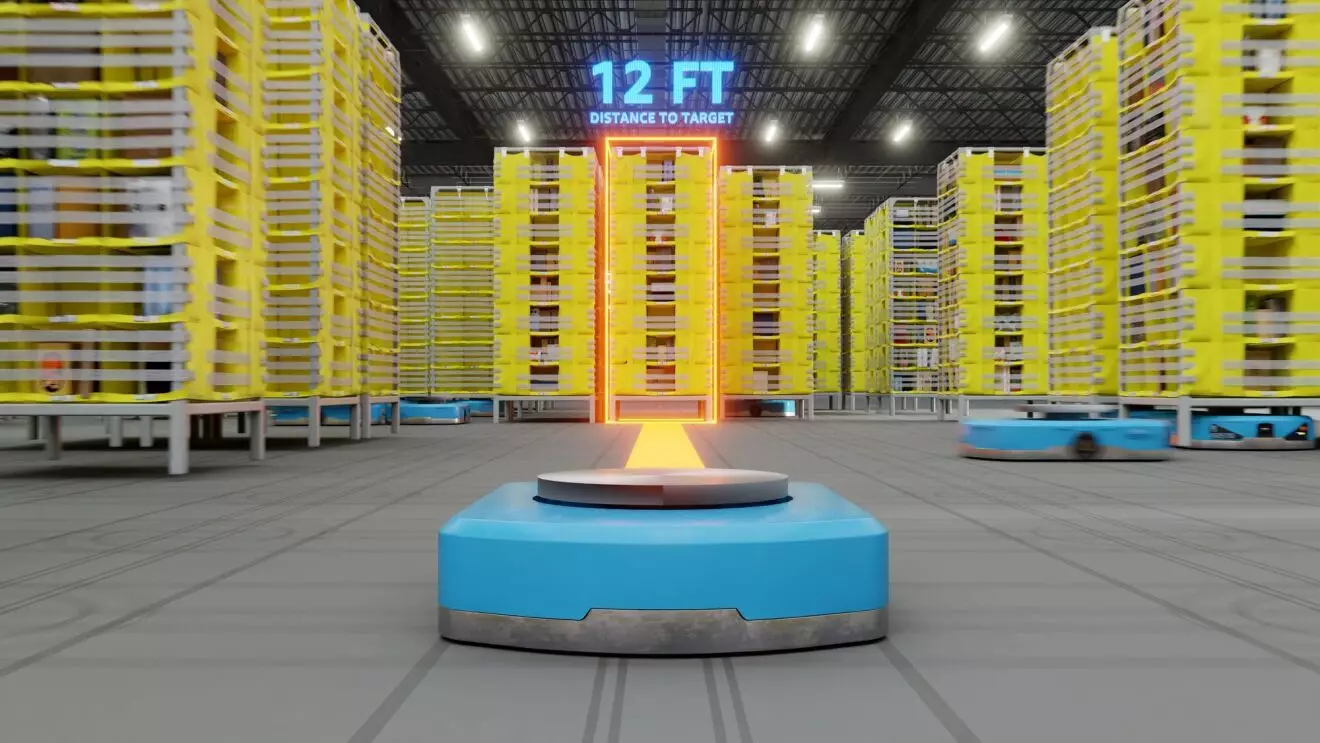Amazon’s relentless pursuit of automation marks a pivotal moment in the evolution of supply chain management. With over one million robots deployed over a span of thirteen years, Amazon isn’t just integrating technology — it’s transforming the very fabric of warehouse operations. This milestone signals a shift from traditional human labor to a symbiotic relationship where machines handle the repetitive and physically demanding tasks. The sheer numbers are staggering: to have more robots than human employees in parts of its operations emphasizes how drastically Amazon’s logistics are changing. Such a conquest of automation showcases a strategic intent to optimize speed, reduce costs, and dominate market share, but it also prompts questions about the long-term implications for employment and societal structure.
Intelligent Machines and AI: The Next Frontier
The deployment of sophisticated robotics, such as Vulcan with its articulated arms, and the integration of AI platforms like DeepFleet, illustrate Amazon’s commitment to creating a smarter, more agile robotic workforce. These advancements are not simply about replacing humans but enhancing the entire fulfillment ecosystem. DeepFleet’s ability to coordinate hundreds of robots intelligently reduces travel times by a notable 10%, propelling delivery speed and lowering operational costs. This level of automation infused with AI capabilities reflects a future where human oversight is increasingly strategic rather than operational. Yet, this fusion of robotics and AI raises profound concerns about autonomy, control, and job displacement. While Amazon claims that workers are shifted into higher-value oversight roles, the reality of this transition remains uncertain for many employees.
The Human Element: From Replacements to Repositioning
Contrary to apocalyptic headlines, Amazon’s automation wave is not purely about eliminating jobs. For instance, Neisha Cruz’s story exemplifies a transition from manual, physically taxing roles to supervisory positions designed around overseeing robotic systems. Her pay has increased, and her responsibilities now involve facilitating the efficiency of robotic fleets rather than performing the arduous tasks she once did. This suggests a nuanced picture: automation may displace certain jobs but can also elevate workers into roles that require critical thinking, tech literacy, and oversight skills. Nonetheless, this shift demands substantial retraining and a realignment of workforce expectations. Are these opportunities widespread or a fortunate anomaly? Time will tell whether Amazon’s approach results in meaningful upward mobility for its workforce or merely masks ongoing displacement.
The Social and Ethical Dimensions of Automation
While Amazon paints its robotic revolution as progress, the broader societal conversation is far more complex. The company’s increase from 175 packages per employee annually in 2015 to nearly 3,870 today epitomizes extraordinary efficiency but magnifies the social divide. The automation of routine tasks might improve profits and customer satisfaction, but the human cost remains a pressing concern. Large-scale job reductions contribute to economic insecurity for many, especially in communities heavily reliant on warehouse jobs. Additionally, the reliance on AI and autonomous systems raises questions about accountability, privacy, and ethical use. As machines become more autonomous, and their decision-making processes more opaque, society must grapple with how to regulate and oversee these vast technological ecosystems responsibly.
Implications for the Future of Work and Societal Structure
Amazon’s robotic expansion provides a stark case study of a future where automation and artificial intelligence potentially redefine work itself. If automation continues to increase at this pace, we could face a scenario where human participation in routine industries diminishes significantly, leading to profound economic and social shifts. The narrative that robots merely displace low-skilled work but create new opportunities for humans is overly optimistic and underestimates the scale of disruption. More likely, we are heading into an era where a smaller subset of the population benefits from technologically augmented roles while many others face marginalization. Amazon’s example underscores the urgent need for societal foresight, policy innovation, and reskilling initiatives to ensure an inclusive transition into this increasingly automated world.
This relentless march toward robot-powered logistics isn’t just about efficiency; it’s a mirror reflecting our collective priorities, fears, and aspirations for the future. Will we harness this technological revolution to enhance human dignity and economic stability, or will it widen existing inequalities? The choice is ours, and Amazon’s ongoing automation journey serves as a powerful, if controversial, roadmap.

